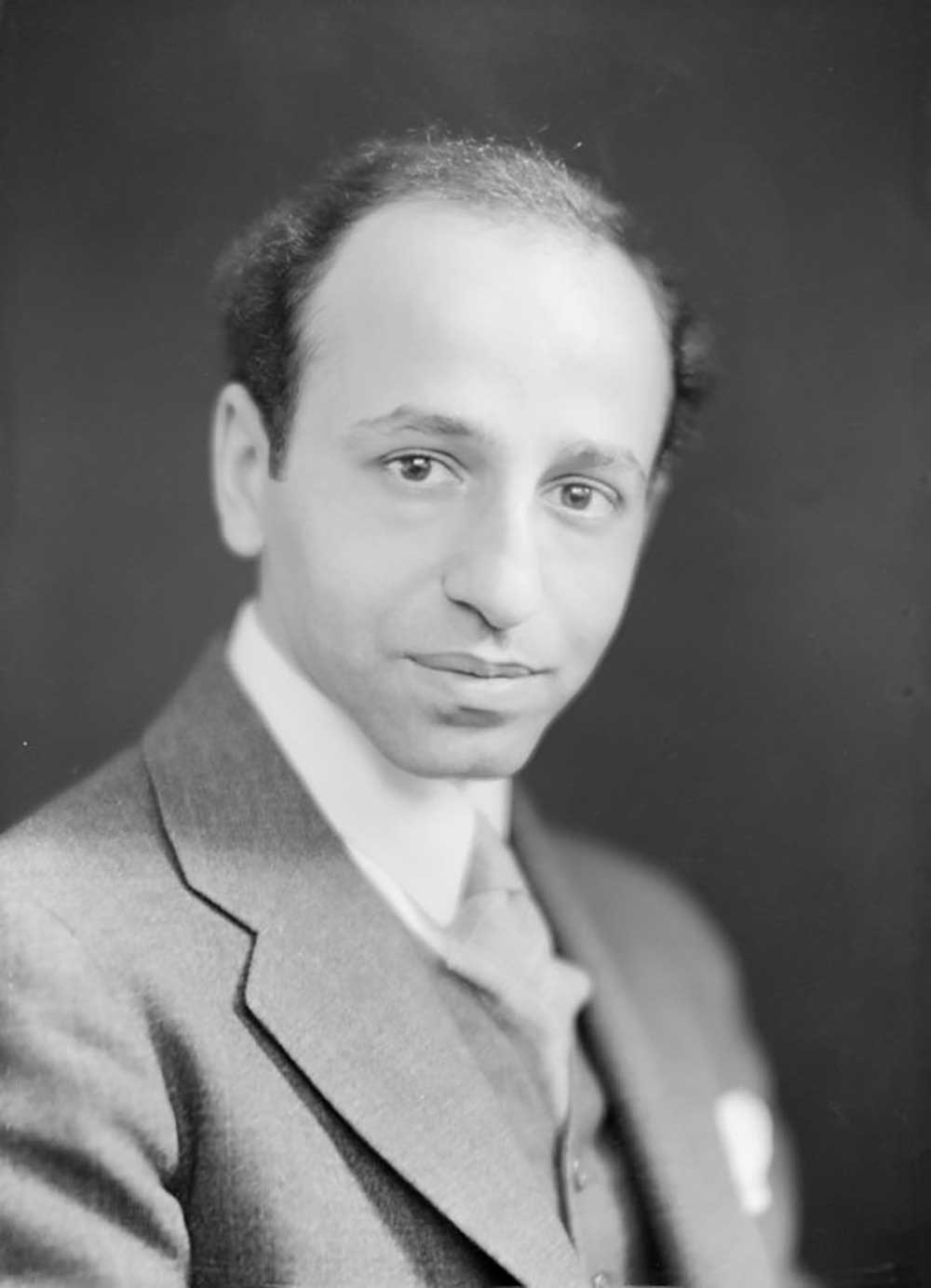Many people have passed through the lens of Yousuf Karsh. From cultural icons like Marilyn Monroe, to historical figures like Winston Churchill. Karsh did not have a unique stereotype to photograph: scientists, politicians, communists, capitalists, religious. It could be said that his contribution to photography was unique, universal history made into portraits.
“To experience a Karsh photograph is to feel in the presence of history itself.”
Malcom Rogers
Yousuf Karsh was born on December 23, 1908 in Mardin, Ottoman Empire (now Turkey) during a very difficult epoque full of turmoil: the massacre of the Armenians. At 14 (1922) he went into exile with his family (fled on foot) to Syria, and they were allowed to leave with the condition of leaving behind all their belongings.

At 16, his father sent him to Quebec to live with his uncle, George Nakash, a photographer with a certain name and reputation in Sherbrooke. At first, he had no intention of becoming a photographer. His initial plan was to become a doctor in his new “motherland”, but his life changed when his uncle, whom he worked with for 4 years, gave him his first camera.
Nakash, upon noticing his talent, decided to send him to Boston as an apprentice to John Garo once Yousuf had finished his studies. Garo was a renowned portrait photographer whose clientele included musicians, statesmen and other renowned characters. During his years as John’s apprentice, he would learn not only the illumination secrets that characterize his works so much, but to observe and meet the person he was going to portray. It was then that he decided to give himself to photography. “Those men and women would leave their mark on the world.”
In 1931 he opened his own studio in Ottawa, near the government’s headquarters. Thanks to the location of his study, the Canadian Prime Minister Mackenzie King commissioned him to take portraits of foreign dignitaries on official visit.
To be a good portraitist, the essence of the model must be captured and expressed. It is not only limited to shooting and knowing how to illuminate correctly, it goes beyond. Karsh had the gift of being able to reflect the true personality of the model in a single image. He showed the way of being of each character in a portrait.
Most knew him for being a very patient photographer. He took his time to make his subjects feel comfortable and confident, loosening their barriers and thus capturing their true selves. His pictures have been described as “both revealing and respectful” by Ann Shumard, senior curator of photographs at the National Portrait Gallery.
Karsh’s portraits are memorable and humble. They are not just faces transformed into legends. In some, he found affinities of himself and his history. His wife, Estrellita, has told many of the stories behind his sessions, revealing not only a more approachable side of Yousuf’s personality, but also the mutual respect that was present between him as his subjects. He was moved by Mrs. Keller and referred to her as the most sublime woman he had photographed. They both had faced and overcome remarkable difficulties in their lives, but neither got carried away by their hardships.
“On first looking into her blind but seeing eyes, I said to myself of this woman who had no sight or hearing since the age of three, ‘Her light comes from within’”.
Studio lights and illumination became a second nature to him. He mastered it to perfection, and shaped his models through enlightenment. He emphasized or blurred details of the faces to be portrayed at his convenience. Due to his thorough lighting and technique, many have compared his photographic portraits with baroque paintings.
A feature very present in almost all of his photographs is the focus on the hands of the models. He illuminated their hands separately, as he saw them as a reflection of people’s lives and sought to highlight this idea. His “taste” for illuminating hands can be seen in the portrait of Churchill, one of his best-known works (either because of the emblematic character or the strength of photography).
“My portrait of Winston Churchill changed my life. I knew after I had taken it that it was an important picture. […] Churchill’s cigar was ever present. I held out an ashtray, but he would not dispose of it […] I stepped toward him and, without premeditation, but ever so respectfully, I said, ‘Forgive me, sir,’ and plucked the cigar out of his mouth. By the time I got back to my camera, he looked so belligerent he could have devoured me. It was at that instant that I took the photograph.”
It was that legendary portrait of Churchill that propelled him to stardom. A few years later, he was commissioned to photograph characters such as Picasso, Einstein and Isabel II of England, among other personalities of the time.
Throughout his photographic life, he made more than 15,000 sessions and left more than 100,000 negatives, of which 17,000 corresponded to portraits made of the most influential men and women in the history of the 20th century. His works are exhibited in different museums, but the complete collection of prints, negatives and documentation is guarded by the Library of Canada.
He retired in 1993, aged 84. He closed his studio and moved to Boston where he died on July 13, 2002.






